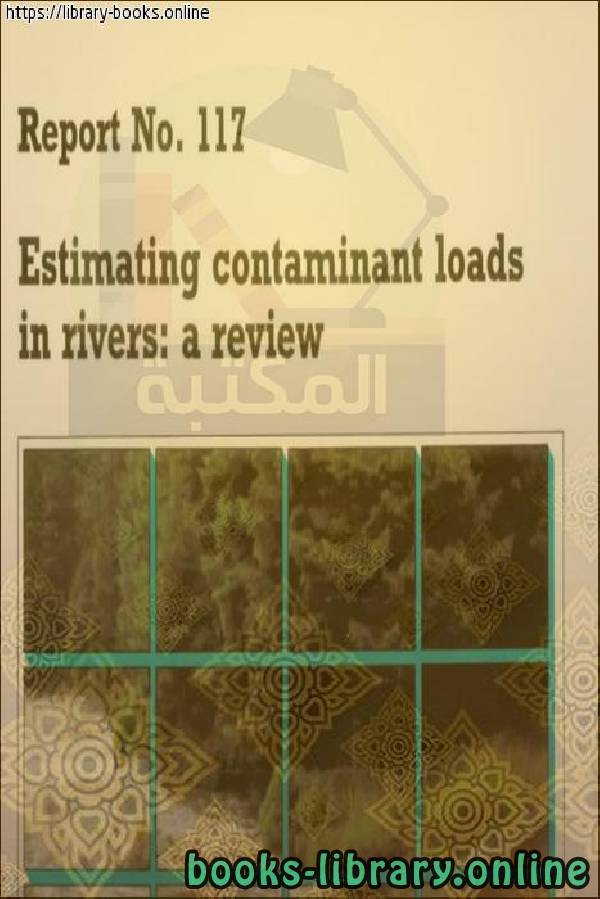❞the Institute of Hydrology❝ المؤلِّف - المكتبة
- ❞the Institute of Hydrology❝ المؤلِّف - المكتبة
█ حصرياً جميع الاقتباسات من أعمال المؤلِّف ❞ the Institute of Hydrology ❝ أقوال فقرات هامة مراجعات 2025 ❰ له مجموعة الإنجازات والمؤلفات أبرزها Estimating Contaminant Loads in Rivers Centre for Ecology ❱
إنضم الآن وتصفح بدون إعلانات
له مجموعة من الإنجازات والمؤلفات أبرزها ❞ Estimating Contaminant Loads in Rivers-Centre for Ecology ❝
#26K
11 مشاهدة هذا اليوم#27K
4 مشاهدة هذا الشهر#25K
3K إجمالي المشاهدات نبذه عن الكتاب: Executive summary As the debate on probable and possible anthropogenic impacts on the natural environment becomes more scientific and intemational, the need has increased for reliable information concerning the magnitude and trends of mass loads carried by rivers through estuaries to the sea. River load information is also required to assist with the management of inland waters, environmental investigations and research into hydrochemical processes. This report reviews river mass load estimaton procedures with partcular reference to UK conditions. According to the sampling strategy and calculation method employed, river load estimates can be highly variable in terms of their accuracy and precision. Low frequency sampling at regular intervals, combined with simplistic computational algorithms, can result in heavily biased and imprecise load estmates. Often, significant improvements can be obtained by exploiting 'continuous' flow records in the computational algorithm. At sites with a flashy hydrological response, and for determinands with a high coefficient of variation for concentration (e.g. suspended sediment), there may still be large errors if the sampling frequency is low (e.g. once or twice per month). Levels of bias and precision in mass load estimates depend on many factors: the hydrological and hydrochemical dynamic responses at the site and for the determinand in question; calculation algorithm; sampling interval; length of estimation period; and measurement errors (systematic and random). No single combination of sampling frequency and calculation algorithm can be devised which will return load estimates of a prescribed quality for all sites and determinands. It may be necessary to consider a 'worst-case' determinand when setting the sampling strategy at a given site; often this will be suspended sediment. Wherever a 'continuous' record of streamfiow is available covering a period of sparse concentration data, a mathematical relationship between flow and concentration should be sought from which concentrations at non-sampled times can be estimated. Periods of relatively frequent sampling should be undertaken to quantify the flow - concentration relationship. The transfer function model, rather than the linear regression model, deserves much more attenton in this respect. Other mathematcal models, particularly those where the focus of attention is hydrograph separation into components with characteristic concentrations, could lead to improvements in river loads estimation. Wherever funds permit, flow-proportional or probability sampling using automatc sampling devices should be adopted. The report outlines briefly the problems which can arise in calculating river loads of determinands which are sometimes recorded as 'less than' values.
عدد المشاهدات
3761
عدد الصفحات
78
نماذج من أعمال the Institute of Hydrology:


